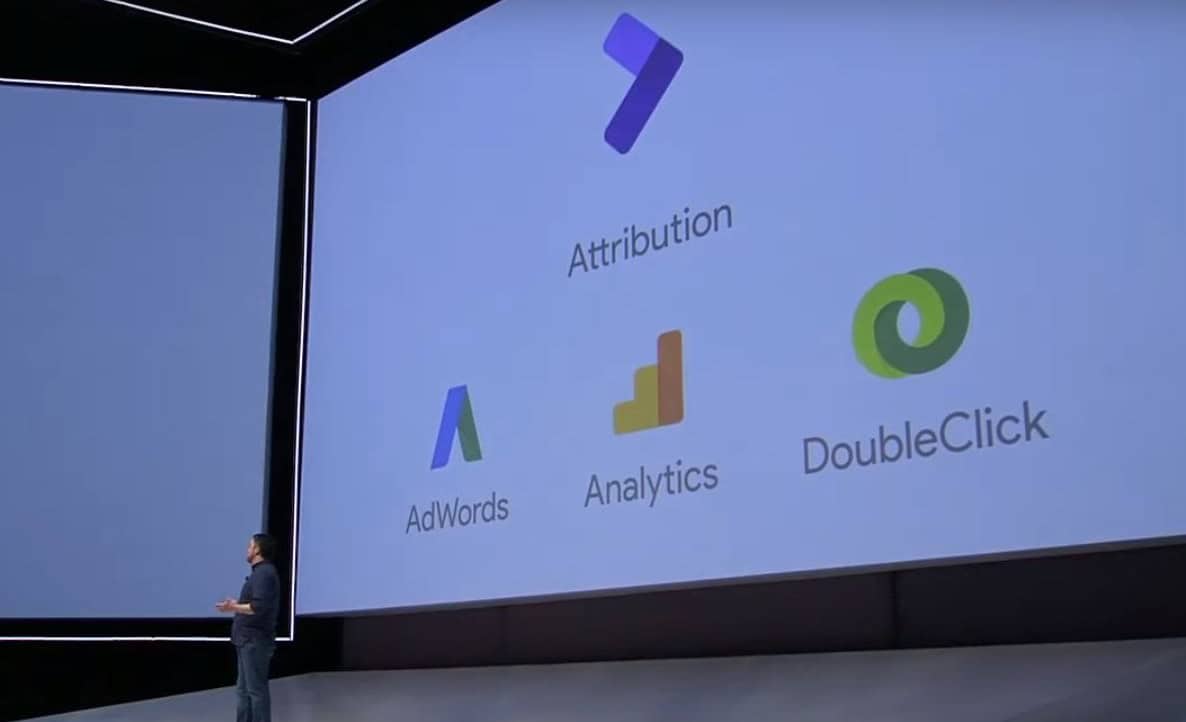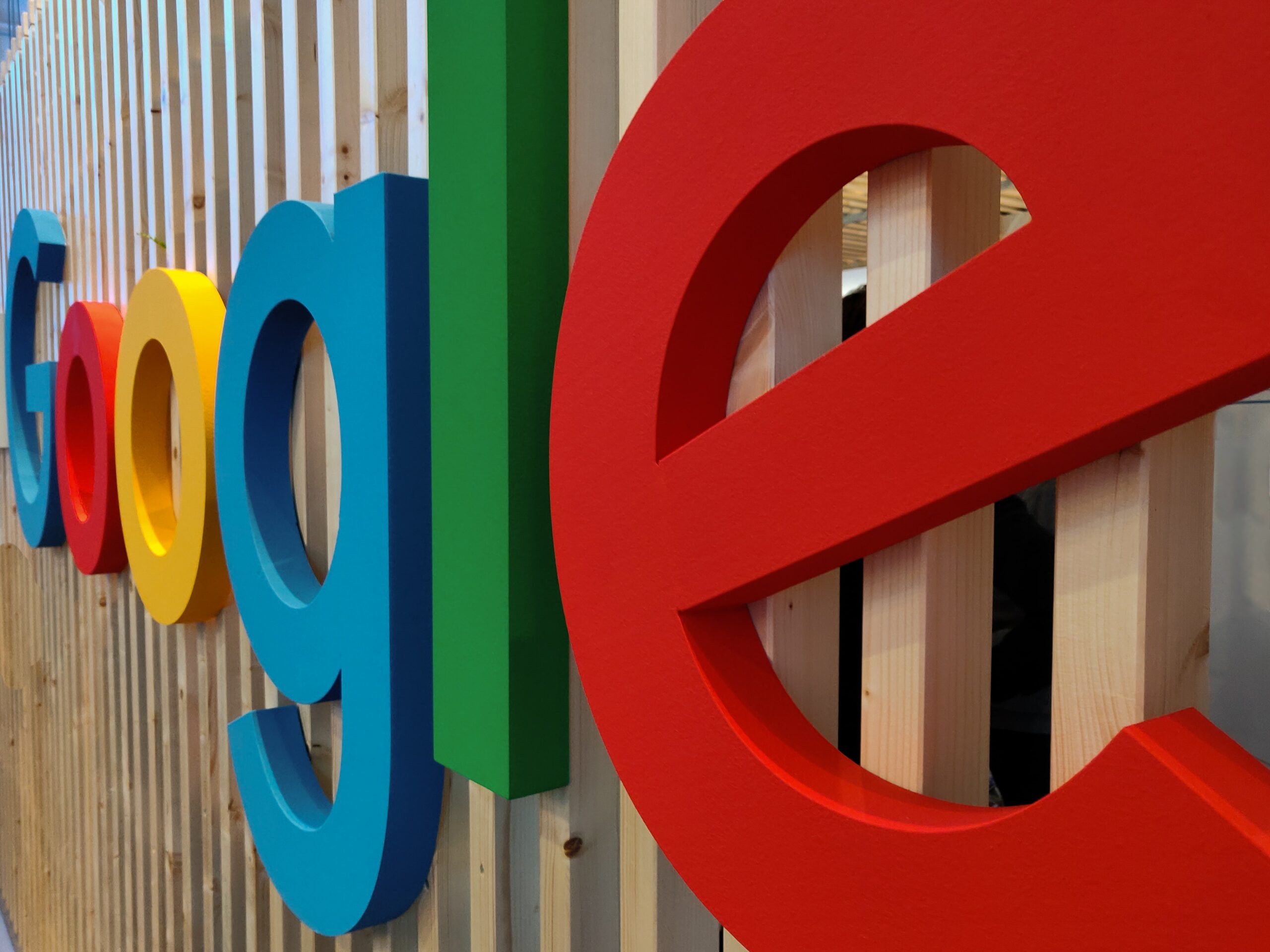Google has launched the free Google Attribution tool, which helps to collect multichannel attribution data, and feed this back into AdWords and DoubleClick Search in order to inform bidding optimisations.
Google Attribution was announced before the annual Google Marketing Next Event, and is a reimagining of Adometry, which is an attribution service Google acquired way back in 2014.

What is Google Attribution?
Simply put, Google Attribution aims to simplify the way in which we attribute data across various channels and devices. By leveraging data through Google Analytics, AdWords or DoubleClick Search, Google is able to simplify attributions through different channels and devices.
Google Attribution aims to focus on understanding the entire customer journey, instead of simply assessing the last-click impact. Google puts it this way:
With Google Attribution, we’ll help you understand how all of your marketing efforts work together and deliver the insights you need to make them work better.

Why is Google Attribution Important?
The customer journey is more complicated than ever, with many interactions leading to someone making a purchase online.
Last-click attribution ignores previous touch points, whether it’s through display ad impressions, email campaigns, or other search ads. All it achieves is tracking the final touch and the last-click before a conversion occurs. For instance, someone could see your brand on a display ad on a website, later search for your brand and click on a search ad, and decide not to buy. A few days later, they see your ad on YouTube, are reminded they wanted what you offered, click your ad and make a purchase. This is one of many, many possibilities, and it’s difficult to keep track on which part of the journey is working.
This means marketers have a vast number of blind spots who can’t see how the top and middle parts of marketing funnels are working, and cannot see if spending money on ads is actually working. Unless it’s the last-click before a conversion. Currently, attribution tools can be difficult to set up, lose track of the customer journey when the devices are mixed up, and do not integrate with ad tools so you cannot make smart actions.
What can Google Attribution achieve?
By integrating AdWords and DoubleClick Search, advertisers can incorporate Google Attribution data into automated bidding strategies, and optimise these bids.
Google has explained how integrations with AdWords, Analytics and DoubleClick Search make it much simpler to collate data from all channels and view a complete picture of your performance:
Google Attribution also makes it easy to switch to data-driven attribution. Data-driven attribution uses machine learning to determine how much credit to assign to each step in the consumer journey — from the first time they engage with your brand for early research down to the final click before purchase. It analyzes your account’s unique conversion patterns, comparing the paths of customers who convert to those who don’t, so you get results that accurately represent your business.
Finally, you can take fast action to optimize your ads with Google Attribution because it integrates with ads tools like AdWords and DoubleClick Search. The results are immediately available for reporting, updating bids or moving budget between channels.
Why is Google doing this?
Google obviously has a vested interest in providing more visibility to marketers on these matters, as the more people can see the impact of search terms, display impressions or video ads through the cycle of conversions, the more it shows Googles products are working and people should invest more money.
At the end of the day, it benefits both parties, as marketers can see how money is being spent, and can spend it more wisely. And at the same time, Google is likely to earn more.
Google has been moving forwards in order for marketers to not rely on last click. Attribution modelling for search funnels was added to AdWords, which helps to evaluate search ads and their impacts through other models. And back last year, marketers could assign attribution models to conversion events through AdWords, which also included the data-driven attribution model. Machine learning helps to assign credit to interactions along any conversion paths.
Karl Villanueva, Head of Paid Search & Display at Google, had this to say:
Given today’s multi-device landscape, cross-channel measurement and attribution is indispensable for HelloFresh to have a 360º panorama of our customer journey and gives us the best data to make the best decisions.
When can I use it?
Google Attribution is currently in beta, and will be rolling out to advertisers in the next few months.
Attribution 360, the paid enterprise version, is also available as part of the Analytics 360 suite.






